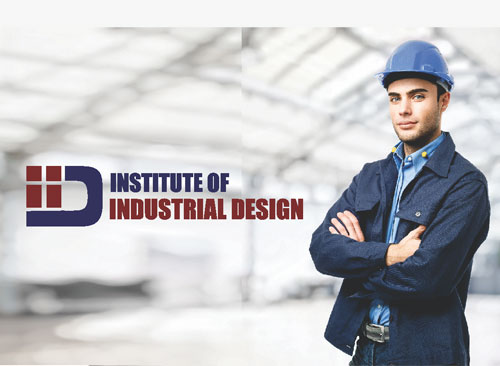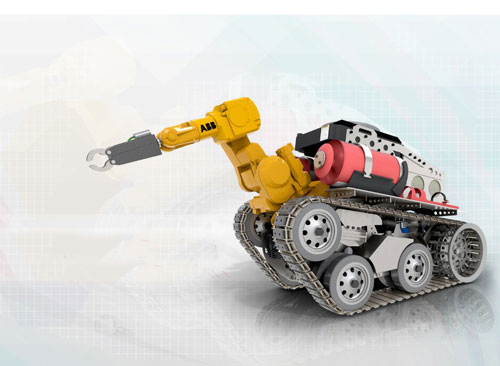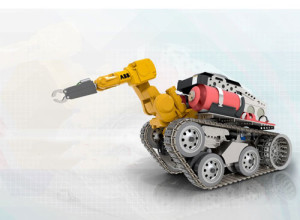 A product’s success is attributed not just to its functionality but also to its design. Hence, the demand for design skills in industry is rising. Known as Industrial Design, it is a specialized discipline. Though closely related to engineering, industrial design focuses on aspects like aesthetics, usability, design, and ergonomics of products, while the focus of engineering has traditionally been on the functionality of products. It is industrial designers who merge form and function into a marketable proposition.
A product’s success is attributed not just to its functionality but also to its design. Hence, the demand for design skills in industry is rising. Known as Industrial Design, it is a specialized discipline. Though closely related to engineering, industrial design focuses on aspects like aesthetics, usability, design, and ergonomics of products, while the focus of engineering has traditionally been on the functionality of products. It is industrial designers who merge form and function into a marketable proposition.
Considering the growing demand from industry and engineering students, CADD Centre has recently floated an exclusive division, Institute of Industrial Design (IID). IID delivers industry oriented, domain specific training on key engineering design skills.
Many of the industrial design capabilities fall in the realm of visual, creative, technical and analytical skills. They include conceptual Ideation and sketching, form factor and proportion studies, 3D Modeling, contextual renderings, 3D animation, developing Colors Materials Finishes (CMF) specifications, creating workflow diagrams, understanding anthroprometric measurements, developing mockups and prototypes.
Since industrial design is a multi-faceted field, training on industrial design needs exclusive infrastructure, culture, and equipments. At IID, we offer application-oriented software training for students to excel as industrial product designers in a wide range of industries including automotive, aerospace, and robotics.
The Institute offers courses on products like Autodesk Alias, one of the leading applications for automotive design, styling and technical surfacing – IID is an Authorized Training Center for Autodesk Alias and is authorised to certify on behalf of Autodesk. ANSYS Fluent, used in design and optimization phases of product development; and CREO Simulate, a structural, thermal and vibration analysis solution from PTC; SolidWorks Motion, a virtual prototyping tool.
IID training provides students with a foundation in the design process and a comprehensive understanding of design research methodologies, materials technologies, manufacturing processes, and reverse engineering. Our courses gives equal importance to theory and hands-on training sessions involving digital presentations and physical models. The courses are domain-based and problem-specific. This approach trains students to use design as a problem solving tool.
Third and final year students of engineering, working professionals and anybody who is interested in industrial design and who want to know how to take product ideas from concept to marketplace can enroll in our courses. IID currently has centres in Chennai, Bangalore, and Thrissur.








